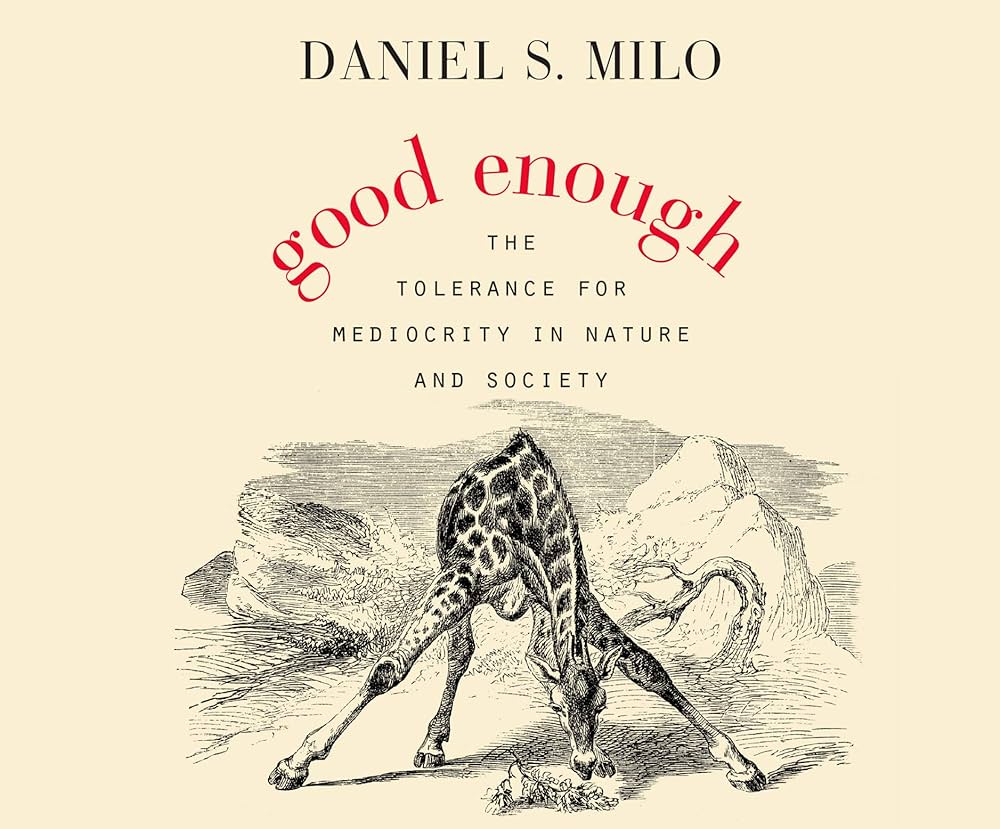
|
Daniel S. MiloGood Enough - The Tolerance for Mediocrity in Nature and Societyp. 70 |
Nature's wide ranges are counterproductive
Nowhere is this antinomy more flagrant than in physiological ranges. On the farm, ranges keep narrowing; in the wild, as I discuss in Chapter 6, they keep widening. Wide ranges are counterproductive because they drive specimens away from the optimal point. That is why optimizers of all stripes declare war on quantitative variability. Consider what has become of the domesticated cow. The size of its ancestors must have been as variable as the behavior of wild foxes and the look and flavor of uncultivated apples. But geneticists, zoologists, bankers, marketeers, engineers, and consumers took it upon themselves to fabricate, sell, and buy the most cost-efficient cow. Their success is evident in a remarkable degree of standardization. Less than a hundred pounds separate the heaviest and lightest breeds, from Herefords at 1,419 pounds to Gelbvieh at 1,323 pounds. Nature’s cattle don’t have to meet the efficiency targets of business; only artificial selection grudges pennies like that.